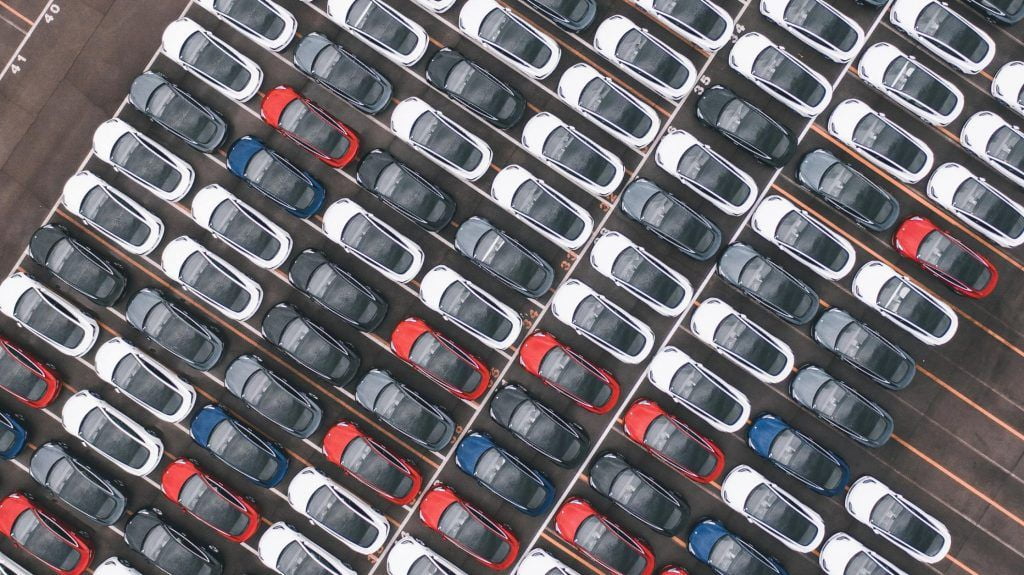Chinese exports of lithium-ion accumulators soared over the past four years to reach US$65 billion in 2023.
According to data from the General Administration of Customs of China, this amount is a record.
Not only is China the largest exporter of lithium-ion batteries in the world, but also already has a 52.1% share of global external sales of these products.
The following statistics show how China’s growth has been in this regard:
- 2019: US$13,031 million.
- 2020: 15,939 million dollars.
- 2021: US$28,429 million.
- 2022: 50,919 million dollars.
- 2023: US$65,008 million.
Exports of lithium-ion accumulators
Last May 14, U.S. President Joe Biden ordered the Trade Representative to increase the Section 301 tax on lithium-ion electric vehicle batteries to 25 percent in 2024.
In order to provide vehicle manufacturers time to adapt to the new requirements, the U.S.-Mexico-Canada Agreement (USMCA) provides the opportunity for manufacturers to request an Alternative Transition Regime (ATR), which allows for a tailored plan to gradually meet regional content levels over a maximum of five years before meeting the standard requirements.
In particular, some producers requested an ATR for vehicles in the middle of their production cycles.
Apparently, according to the U.S. Trade Representative (USTR), this approach provided producers with flexibility to focus on shorter-term investments for local production of certain key components, such as engines and other core parts, without causing serious disruptions to the current production cycle.
Electric vehicles
USTR referred that several producers requested ATRs for electric vehicles and hybrid electric vehicles due to the current lack of availability of North American lithium-ion batteries and related inputs (e.g., cells) needed to meet standard rules of origin.
Although unprecedented levels of investment are underway to increase battery production in North America, much of that investment will not be fully realized until after 2025.
As a result, some producers are relying on non-origin batteries and cells to supply current production of electric and hybrid electric vehicles.
If the investments are not fully realized by 2025, electric vehicle manufacturers noted that they will face additional challenges in meeting USMCA origin rules at that time.

